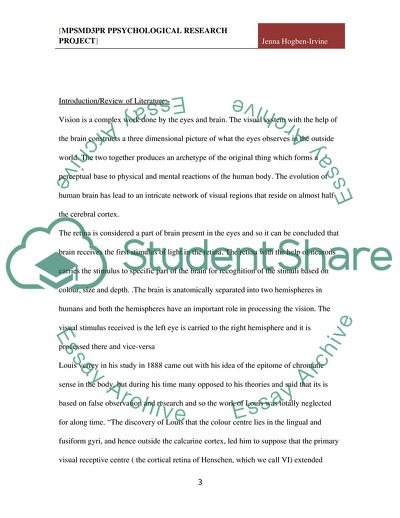Cite this document
(The Relationship between Colour Priming and the Attractiveness of Research Paper, n.d.)
The Relationship between Colour Priming and the Attractiveness of Research Paper. Retrieved from https://studentshare.org/psychology/1737595-the-relationship-between-colour-priming-and-the-attractiveness-of-others-appearance
The Relationship between Colour Priming and the Attractiveness of Research Paper. Retrieved from https://studentshare.org/psychology/1737595-the-relationship-between-colour-priming-and-the-attractiveness-of-others-appearance
(The Relationship Between Colour Priming and the Attractiveness of Research Paper)
The Relationship Between Colour Priming and the Attractiveness of Research Paper. https://studentshare.org/psychology/1737595-the-relationship-between-colour-priming-and-the-attractiveness-of-others-appearance.
The Relationship Between Colour Priming and the Attractiveness of Research Paper. https://studentshare.org/psychology/1737595-the-relationship-between-colour-priming-and-the-attractiveness-of-others-appearance.
“The Relationship Between Colour Priming and the Attractiveness of Research Paper”. https://studentshare.org/psychology/1737595-the-relationship-between-colour-priming-and-the-attractiveness-of-others-appearance.


